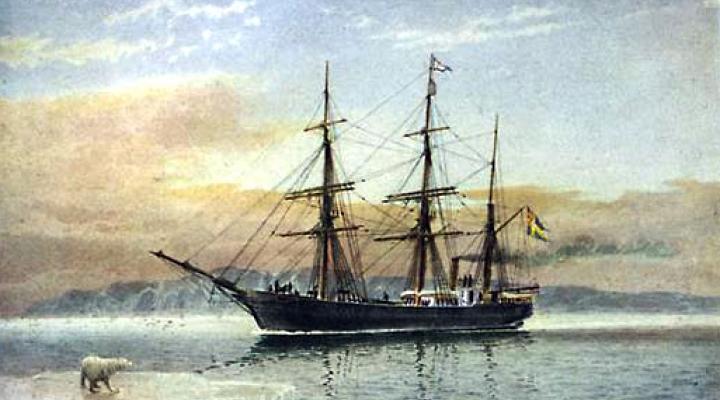Arcadia, 2012, no. 11
The Finnish-Swedish scientist Adolf Erik Nordenskiöld (1832–1901) conducted ten Arctic expeditions over the course of 25 years, from 1858 to 1883. He covered a considerably vast area: from Greenland and Spitsbergen to the Bering Strait. It is quite exceptional that a scientist of his time participated in such a number of Arctic expeditions in such a large area. His reports on the explorations, written in several languages, considerably expanded knowledge of the polar regions.
